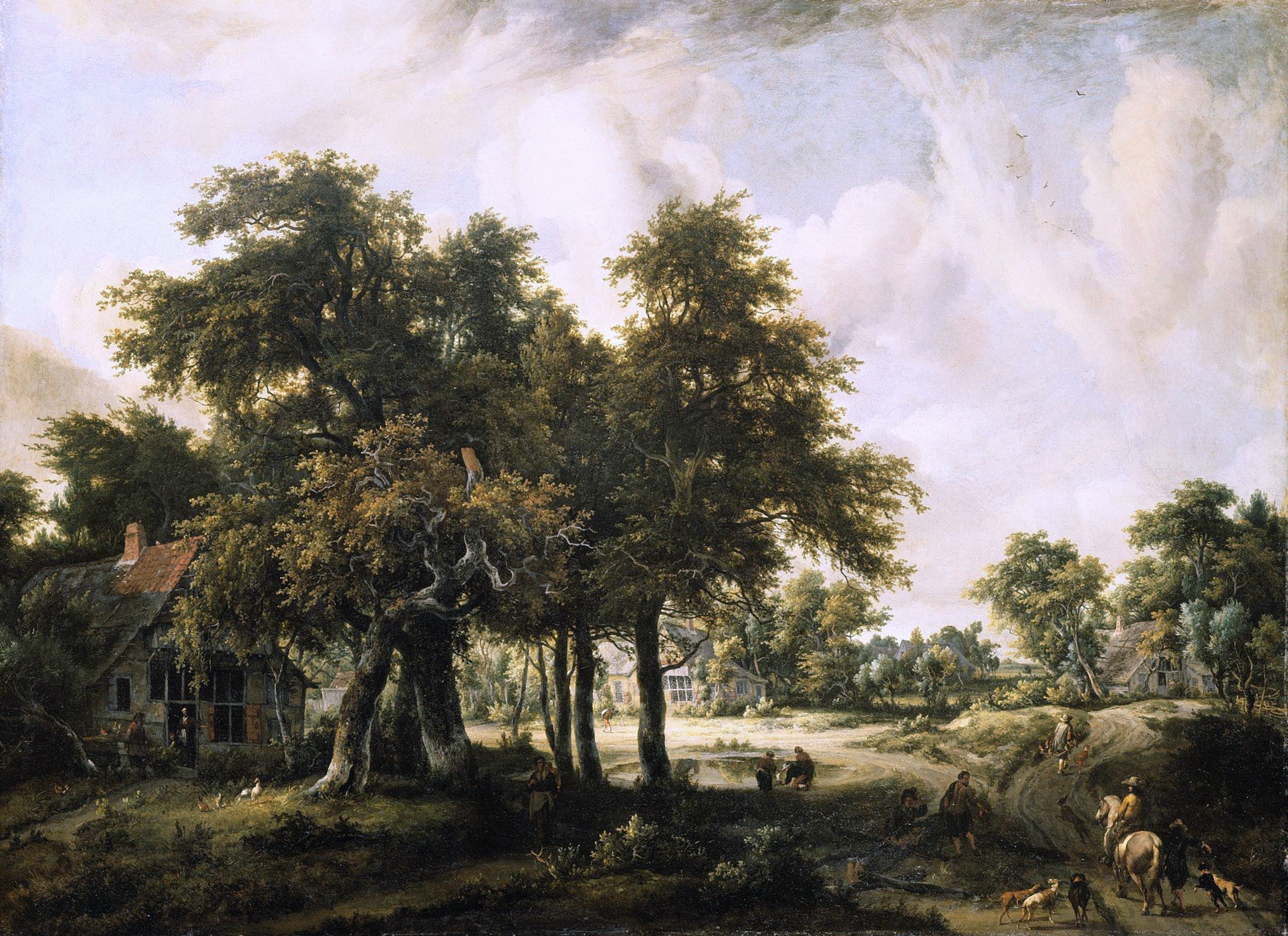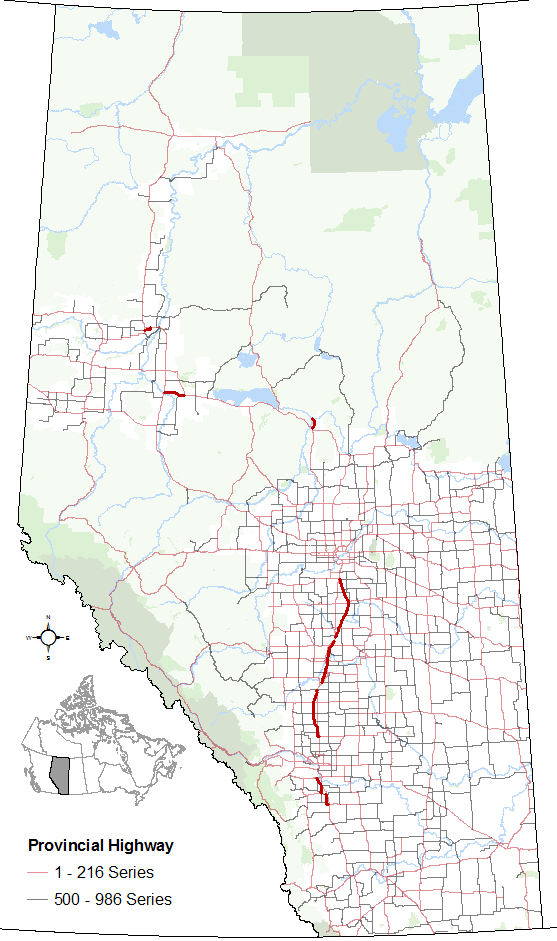|
Maskwacis
Maskwacis (; cr, ᒪᐢᑿᒌᐢ, ), renamed in 2014 from Hobbema (), is an unincorporated community in central Alberta, Canada at intersection of Highway 2A and Highway 611, approximately south of the City of Edmonton. The community consists of two Cree First Nations communities – one on the Ermineskin 138 reserve to the north and the other on the Samson 137 reserve to the south. It also consists of an adjacent hamlet within Ponoka County. The community also serves three more nearby First Nations reserves including Samson 137A to the south, Louis Bull 138B to the northwest, and Montana 139 to the south. The area was originally known as Maskwacis, and Father Constantine Scollen always referred to it as "Bear Hills" when he attempted to re-establish a Catholic mission there, in late 1884 and 1885, around the time that he and Chief Bobtail succeeded in persuading the young men not to join the North-West Rebellion. The first railway station was named Hobbema after the Dutch pai ... [...More Info...] [...Related Items...] OR: [Wikipedia] [Google] [Baidu] |
Cree
The Cree ( cr, néhinaw, script=Latn, , etc.; french: link=no, Cri) are a Indigenous peoples of the Americas, North American Indigenous people. They live primarily in Canada, where they form one of the country's largest First Nations in Canada, First Nations. In Canada, over 350,000 people are Cree or have Cree ancestry. The major proportion of Cree in Canada live north and west of Lake Superior, in Ontario, Manitoba, Saskatchewan, Alberta and the Northwest Territories. About 27,000 live in Quebec. In the United States, Cree people historically lived from Lake Superior westward. Today, they live mostly in Montana, where they share the Rocky Boy Indian Reservation with Ojibwe (Chippewa) people. The documented westward migration over time has been strongly associated with their roles as traders and hunters in the North American fur trade. Sub-groups / Geography The Cree are generally divided into eight groups based on dialect and region. These divisions do not necessarily r ... [...More Info...] [...Related Items...] OR: [Wikipedia] [Google] [Baidu] |
Samson 137
Samson Indian Reserve No. 137, also known as Samson No. 137 and Samson 137, and as the Samson Reserve, is an Indian reserve in Maskwacis, Alberta, Canada. It is inhabited by members of the Samson Cree Nation and was established under the provisions of Treaty 6. The reserve is located in Central Alberta, near Maskwacis and south of Wetaskiwin. Demographics In 2006, Samson IR No.137 had a population of 3,295 residents in 929 dwellings, a 7.4% increase from 2001. The Indian reserve has a land area of and a population density of . By 2009, the Alberta government estimated that the on-reserve population of the nation was 5,550, making the Samson Cree the third largest First Nation in Alberta. Government Under the British North America Act, legislative authority over Indian reserves is placed exclusively with the national parliament and specifically the Department of Indian Affairs and Northern Development. The reserve is governed by a band council led by Chief Kurt Buffalo. See a ... [...More Info...] [...Related Items...] OR: [Wikipedia] [Google] [Baidu] |
Meindert Hobbema
Meindert Lubbertszoon Hobbema (bapt. 31 October 1638 – 7 December 1709) was a Dutch Golden Age painter of landscapes, specializing in views of woodland, although his most famous painting, ''The Avenue at Middelharnis'' (1689, National Gallery, London), shows a different type of scene. Hobbema was a pupil of Jacob van Ruisdael, the pre-eminent landscape painter of the Dutch Golden Age, and in his mature period produced paintings developing one aspect of his master's more varied output, specializing in "sunny forest scenes opened by roads and glistening ponds, fairly flat landscapes with scattered tree groups, and water mills", including over 30 of the last in paintings. The majority of his mature works come from the 1660s; after he married and took a job as an exciseman in 1668 he painted less, and after 1689 apparently not at all. He was not very well known in his lifetime or for nearly a century after his death, but became steadily more popular from the last decades of t ... [...More Info...] [...Related Items...] OR: [Wikipedia] [Google] [Baidu] |
Montana 139
Montana 139 is an Indian reserve of the Montana First Nation in Alberta, located within Ponoka County. Part of the Maskwacis community, it is 24 kilometers south of Wetaskiwin. In the 2016 Canadian Census, it recorded a population of 630 living in 137 of its 143 total private dwellings. Besides Montana 139, the Montana First Nation also has access to Pigeon Lake 138A, a reserve shared between the four nations of Maskwacis. The other three are the Ermineskin First Nation, the Louis Bull First Nation and the Samson Cree Nation The Samson Cree Nation, ( cr, ᓃᐱᓰᐦᑯᐹᕽ, nîpisîhkopâhk, translation=at willow grove) also known as the Samson First Nation, is one of four band governments in the area of Maskwacis, Alberta, Canada. Indian Reserves Three Indian R .... [...More Info...] [...Related Items...] OR: [Wikipedia] [Google] [Baidu] |
Alberta Highway 2A
Alberta Provincial Highway No. 2A is the designation of six alternate routes off Highway 2 in Alberta, Canada. In general, these are original sections of Highway 2, such as the southern portion of Macleod Trail in Calgary. They passed through communities before limited-access freeways were built to shorten driving distance, accommodate heavier volumes and to bypass city traffic. Portions of the alignment of Highway 2A follow the route of the former Calgary and Edmonton Trail. High River – Calgary Highway 2A currently begins in the Town of High River and follows 12 Avenue SE and Centre Street before passing by Aldersyde and intersecting Highway 7. The highway then travels westward to the Town of Okotoks, where it branches north and follows Southridge Drive and Northridge Drive through Okotoks before rejoining Highway 2 near De Winton. In 2003, it was extended north by sharing a common alignment with Highway 2 for until it splits to Deerfoot Trail (Highway 2) Macleod T ... [...More Info...] [...Related Items...] OR: [Wikipedia] [Google] [Baidu] |
Constantine Scollen
Father Con Scollen OMI. (4 April 1841 – 8 November 1902) was an Irish Catholic, Missionary priest who lived among and evangelized the Blackfoot, Cree and Métis peoples on the Canadian Prairies and in northern Montana in the United States. He also ministered to the Ktunaxa people (Kootenay) on their annual visits to Fort Macleod, from British Columbia. Later he worked among the indigenous peoples in modern-day North Dakota and Wyoming, then Nebraska, Kansas, Illinois and Ohio. Early life Constantine Michael Scollen was born on Galloon Island, Upper Lough Erne, near the village of Newtonbutler, County Fermanagh, Ireland on 4 April 1841. His parents were Patrick Scollen and Margaret Scollen, (née McDermott). His mother died in 1847 during the Great Famine and his father moved to England and worked as a warehouseman in Manningham, Bradford silk mill, West Yorkshire. He then married his cousin, Catherine McEvoy, in 1851, and later moved his family to Crook, County Durham, England ... [...More Info...] [...Related Items...] OR: [Wikipedia] [Google] [Baidu] |
Ermineskin 138
Ermineskin 138 is an Indian reserve of the Ermineskin Cree Nation in Alberta, located between Ponoka County and the County of Wetaskiwin No. 10. Part of the Maskwacis community, it is 13 kilometres south of Wetaskiwin Wetaskiwin ( ) is a city in the province of Alberta, Canada. The city is located south of the provincial capital of Edmonton. The city name comes from the Cree word ''wītaskiwinihk'', meaning "the hills where peace was made". Wetaskiwin is .... References Indian reserves in Alberta {{Alberta-IndianReserve-stub ... [...More Info...] [...Related Items...] OR: [Wikipedia] [Google] [Baidu] |
Ponoka County
Ponoka County is a municipal district in Alberta, Canada. It covers and it claims to "embody the essence of rural Alberta". History Ponoka County was founded on January 1, 1952. The county's first public officials were Mr. Bruce Ramsey, who directed municipal affairs, Mr. Peter McDonald as secretary-treasurer, and Mr. L.G. Saunders was head of the school system. The town gets its name from the Blackfoot word for Elk. Geography Communities and localities The following urban municipalities are surrounded by Ponoka County. ;Cities *none ;Towns * Ponoka *Rimbey ;Villages *none ; Summer villages * Parkland Beach The following hamlets are located within Ponoka County. ;Hamlets * Bluffton * Hoadley * Leedale *Maskwacis (formerly Hobbema) The following localities are located within Ponoka County. ;Localities *Alberta Hospital * Crestomere *Frank Subdivision *Homeglen *Lavesta *Menaik *Morning Meadows Subdivision *Nugent *Paulson Pasture *Pleasant Hill Subdivision *Rimbey R ... [...More Info...] [...Related Items...] OR: [Wikipedia] [Google] [Baidu] |
Louis Bull 138B
Louis Bull 138B is an Indian reserve of the Louis Bull First Nation in Alberta, located within County of Wetaskiwin No. 10. One of four reserves making up the Maskwacis community, it is 16 kilometers southwest of Wetaskiwin. In the 2016 Canadian Census, it recorded a population of 1177 living in 226 of its 276 total private dwellings. As of 2001, nearly 50% of individuals on-reserve are over the age of 15, suggesting severe demographic strain commonly found in the Third World. Average incomes among full-time labourers remain approximately $18,000 under the Alberta provincial average, and the Canadian government reports a 40% unemployment rate. The per-room occupancy rate on this reserve is double that of the provincial average. Education Wetaskiwin Regional Division No. 11 operates public schools serving the reserve: Falun Elementary School serves primary grades, and Pigeon Lake Regional School serves secondary grades. [...More Info...] [...Related Items...] OR: [Wikipedia] [Google] [Baidu] |
Menaik, Alberta
Ponoka County is a municipal district in Alberta, Canada. It covers and it claims to "embody the essence of rural Alberta". History Ponoka County was founded on January 1, 1952. The county's first public officials were Mr. Bruce Ramsey, who directed municipal affairs, Mr. Peter McDonald as secretary-treasurer, and Mr. L.G. Saunders was head of the school system. The town gets its name from the Blackfoot word for Elk. Geography Communities and localities The following urban municipalities are surrounded by Ponoka County. ;Cities *none ;Towns * Ponoka *Rimbey ;Villages *none ; Summer villages * Parkland Beach The following hamlets are located within Ponoka County. ;Hamlets * Bluffton * Hoadley * Leedale *Maskwacis (formerly Hobbema) The following localities are located within Ponoka County. ;Localities *Alberta Hospital * Crestomere *Frank Subdivision *Homeglen *Lavesta *Menaik *Morning Meadows Subdivision *Nugent *Paulson Pasture *Pleasant Hill Subdivision *Rimbey R ... [...More Info...] [...Related Items...] OR: [Wikipedia] [Google] [Baidu] |
Samson 137A
Samson 137A is an Indian reserve of the Samson Cree Nation in Alberta, located within Ponoka County. In the 2016 Canadian Census The 2016 Canadian census was an enumeration of Canadian residents, which counted a population of 35,151,728, a change from its 2011 population of 33,476,688. The census, conducted by Statistics Canada, was Canada's seventh quinquennial census. ..., it recorded a population of 26 living in 6 of its 6 total private dwellings. References Indian reserves in Alberta {{CentralAlberta-geo-stub ... [...More Info...] [...Related Items...] OR: [Wikipedia] [Google] [Baidu] |
Alberta Highway 611
The Canadian province of Alberta has provincial highway network of nearly as of 2009, of which were paved. All of Alberta's provincial highways are maintained by Alberta Transportation (AT), a department of the Government of Alberta. The network includes two distinct series of numbered highways: * The 1–216 series (formerly known as primary highways), making up Alberta's core highway network—typically paved and with the highest traffic volume * The 500–986 series, providing more local access, with a higher proportion of gravel surfaces History In 1926, Alberta discontinued its system of marking highways with different colours in favour of a numbering system. By 1928, the year a gravel road stretched from Edmonton to the United States border, Alberta's provincial highway network comprised . Prior to 1973, the expanding highway system comprised one-digit and two-digit highways, with some numbers having letter suffixes (e.g., Highway 1X, Highway 26A). In 1973 ... [...More Info...] [...Related Items...] OR: [Wikipedia] [Google] [Baidu] |


